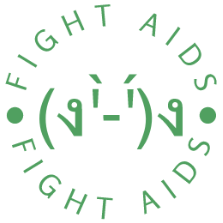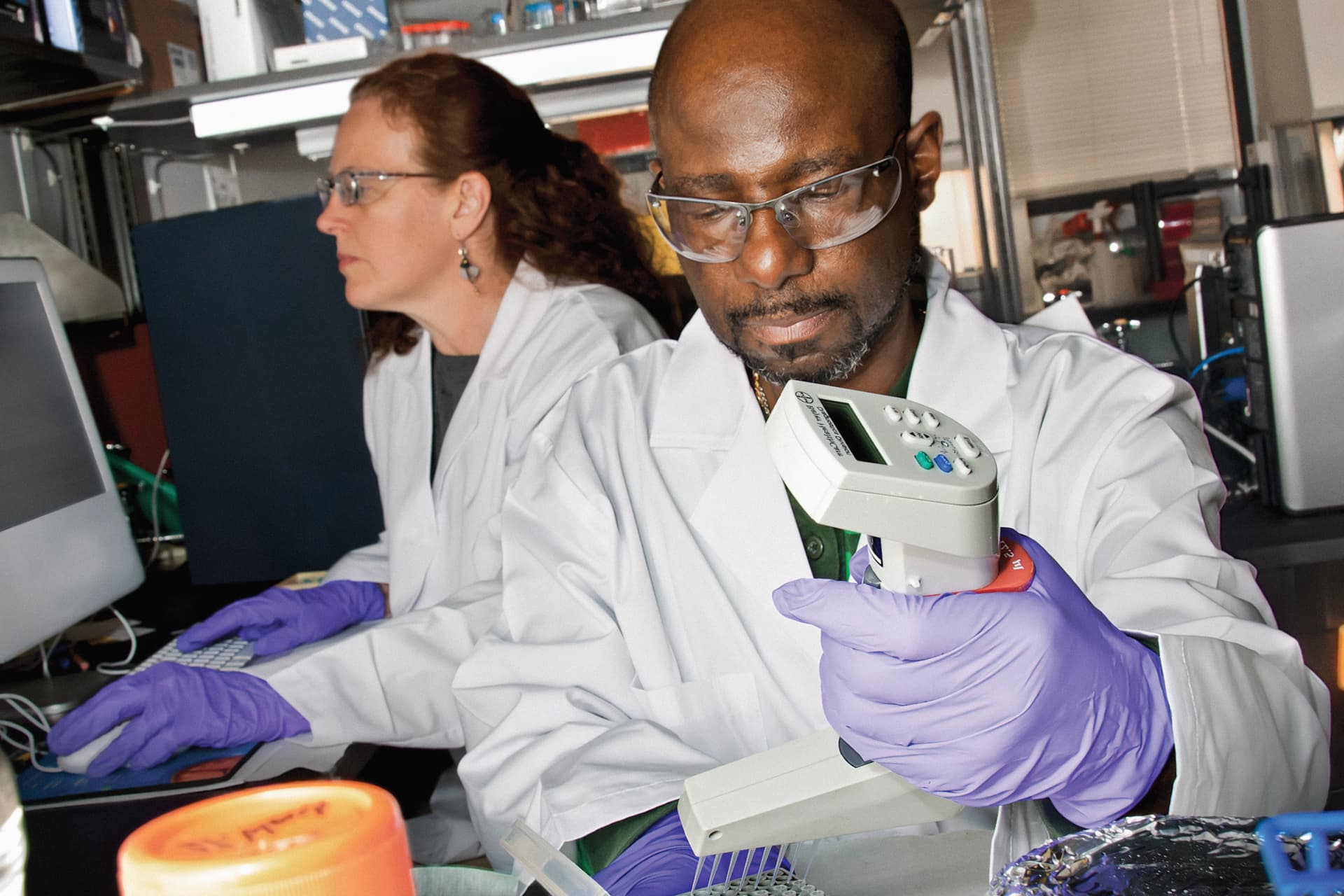In 1982, the median survival time after diagnosis was only 6 months, but today people with HIV can have normal lifespans if they remain on ART. However, because it cannot eliminate latently infected cells that harbor the integrated provirus and because it is expensive and must be taken indefinitely, ART is considered only a long-term treatment and not a remedy for HIV. Еhere already exists today several new approaches to target latently infected cells.
Challenges We Face
HIV is a retrovirus. This means that it uses reverse transcription to convert RNA into DNA. HIV is a single-stranded RNA virus, which means that it can only replicate within the nucleus of a host cell, where two strands of DNA are present. It does not use mitosis and meiosis to reproduce; instead, its reproduction involves an enzyme called reverse transcriptase (hence its name). Reverse transcriptase converts viral RNA into double-stranded DNA in order for cells to become infected with HIV. The virus periodically wakes the cells up and replicates, reinserts its viral genes into the host genome, then returns them to rest again after completing each phase of this process.
HIV remains a significant challenge 20 years after its successful treatment, largely because it lies hidden in resting CD4+ T-cells. The virus is difficult to treat, because it lies hidden in resting CD4+ T-cells, which are immune cells that have stopped replicating and are no longer visible to the body’s immune system. When these cells become active again (for example when a person receives an infection), they can reactivate the virus and start spreading it again.
The only way to get rid of HIV is to get rid of all infected cells — and this is something that researchers have been working on for decades. One approach has been focused on preventing new infections by creating a vaccine; another has been looking at how we can find ways of selectively eliminating infected cells from people who already have HIV.
Gene Therapies: a Way to Flush Dormant Viruses out of Hiding
Gene therapy is a treatment that uses genes to treat disease. It’s been used since the 1990s, but until recently it has only been used as a last resort for treating cancer or other diseases with few other options. Gene therapies can be used in several ways:
- Replacing defective genes with healthy ones (to make up for a missing enzyme, say)
- Blocking genes from producing harmful proteins (to reduce the symptoms of an autoimmune disorder)
- Adding new protein-coding machinery for cell growth and repair (instead of relying on its own genetic material to make proteins)
The current treatment for HIV involves a cocktail of drugs. One drug acts as an entry inhibitor, preventing the virus from entering CD4+ T-cells and replicating. Another drug acts as an integrase inhibitor, stopping HIV’s ability to insert its viral genes into the host genome. However, these therapies are only effective if they can access all of the dormant cells where HIV hides. This is difficult because of how often they must be taken and some genetic resistance among patients who have been on them for years or even decades. The team has engineered a gene therapy that uses HIV’s own genes to wake the virus up and allow drug therapies to extinguish it
LMBR1
A new approach is to block its inhibition of interferon expression via a cellular enzyme called LMBR1. Interferon is a cellular signaling molecule that helps the body respond to viral infections. HIV-1 infects cells by binding to them, then fusing with the cell membrane and infecting it with its own RNA and proteins. Once inside, these invaders hijack the host cell’s machinery for their own purposes.
LMBR1 (aka “LMP2A”) is an enzyme that inhibits interferon expression in response to intracellular viruses such as HIV-1 or hepatitis C virus (HCV). LMBR1 inhibits interferon expression by promoting degradation of two interferon regulatory factors (IRF3 and IRF7), which regulate antiviral responses at different steps in the pathway from gene transcription through translation into protein synthesis.”
IAP Inhibitors
IAP inhibitors can be administered with HAART, and theoretically they could kill all the cells harboring latent HIV genomes. But that’s not something to count on. IAP inhibitors are not currently approved for use in humans and have only been tested as a combination therapy with antiretrovirals to treat established HIV infection (not just latent infection).
In addition to these approaches, researchers are also exploring how to target latently infected cells. The most promising new approach is ‘kick and kill’, which targets and then destroys the infected cells.
A recent study showed that when an enzyme called HDAC inhibitor was given to mice, it could reactivate the virus in their bodies. Another option is LRAs (latency reversing agents), which make it harder for the virus to enter latency by interfering with its ability to replicate itself inside the cell; this was shown in a 2018 study using vorinostat (a histone deacetylase inhibitor) on human blood samples from both HIV-positive individuals and people who have been cured of AIDS after receiving antiretroviral drugs. This drug could be used as part of an investigational drug protocol for those infected with HIV or AIDS alike!
Bottom Line
With new advances in treatment, it is likely that HIV will not be a major public health threat by 2022. If you are infected, your best bet for improving your life expectancy and remaining healthy is to start antiretroviral therapy as soon as possible after diagnosis.

